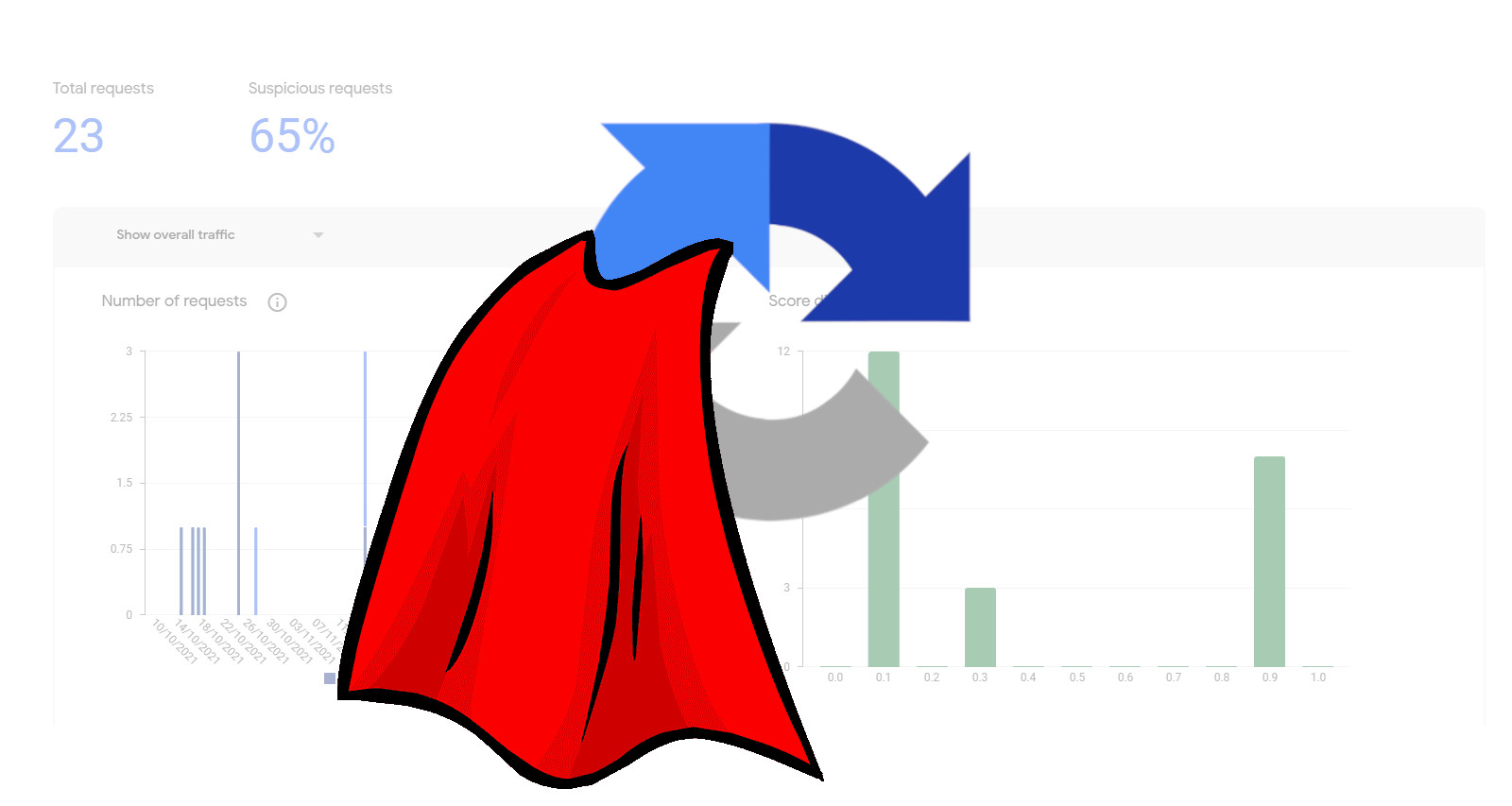Add reCAPTCHA to landing page form in salesforce marketing cloud
Previously, we implemented Google reCAPTCHA on this blog, which runs on WordPress. You can read that article here. Today, I’ll walk you through how to implement the same reCAPTCHA on Salesforce Marketing Cloud Pages.
If you landed on this page in 2025 then you would need to look at the new cloud google reCAPTCHA enterprise implementation on Salsforce Marketing Cloud pages.
To register your cloud page, you will need to register each domain separately, visit google recaptcha and follow the registration process there.
When all done you will receive two keys:
- site key – for client side integration
- secret key – for backend integration
Cloud page
Some prefer to split the form and data processing into two separate Cloud Pages. However, I typically combine both on a single page—displaying the form and handling the data processing in one place. Once the form is successfully submitted, I redirect the user to a dedicated “Thank You” page. This helps avoid issues like accidental form resubmissions if the user refreshes the page after submitting.
“Front end” part of cloud page
On the front end, we start by building the form we want to protect from spam. Once that’s in place, we need to integrate Google reCAPTCHA. The official documentation outlines various implementation options, but for our purposes, we’ll go with the simplest one, which is sufficient for basic spam protection.
- Load the JavaScript API.
<script src="https://www.google.com/recaptcha/api.js"></script>
- Add a callback function to handle the token.
<script> function onSubmit(token) { document.getElementById("form").submit(); } </script>- Add attributes to your html button.
<button class="g-recaptcha button"
data-sitekey="SITE_KET"
data-callback="onSubmit"
data-action="submit">DO NOT USE ANY: of input type=”submit” or add role=”submit” or add class=”submit” as it cause recaptcha not trigger in this setup
“Back end” part of cloud page
As back end we will use combination of SSJS and AMPScript to handle submitted form.
AMPScript part to check if the request is POST so we do not trigger this section when we send data via GET request. And also we collect our form data and with it also the recaptcha token that we will validate with google API.
IF NOT EMPTY(@email) AND @request == "POST" THEN
/* Retrieve recaptcha */
SET @recaptchaResp = RequestParameter("g-recaptcha-response")
/* no recaptcha */
IF EMPTY(@recaptchaResp) THEN Redirect(CloudPagesURL(@errorPage)) ENDIF
]%%<script runat="server">
var error = false
//validate recaptcha
if ( !validateRecaptcha( Variable.GetValue( "@recaptchaResp" ) ) ) Redirect( Variable.GetValue( "@errorPageUrl" ), true);
//do something in case we have valid response
//after do not forget to redirect customer do thank you page so the form will not be triggered multiple times
</script>You can notice we call function validateRecaptcha that its function is to send post request to google API. You can read the documentation that will explain the server side validation of the recaptcha token
var validateRecaptcha = function (token){
try{
var req = new Script.Util.HttpRequest('https://www.google.com/recaptcha/api/siteverify');
req.emptyContentHandling = 0;
req.retries = 2;
req.continueOnError = true;
req.contentType = "Application/x-www-form-urlencoded";
req.method = "POST";
req.postData = 'secret=YOUR_SECRET&response=' + token + '&remoteip=' + Platform.Request.ClientIP;
var resp = req.send();
var contentObj = Platform.Function.ParseJSON( String( resp.content ) );
if ( resp.statusCode != 200 && !contentObj.success ) return false
}catch(e){
//log your error somewhere if needed for debugging
return false
}
return true
}Same reCAPTCHA validation but in AMPScript
%%[
/* reCaptcha verification upon submission */
SET @Token = RequestParameter("g-recaptcha-response")
SET @Secret = " <secret>"
SET @ContentType = "application/x-www-form-urlencoded"
SET @Endpoint = "https://www.google.com/recaptcha/api/siteverify"
SET @Payload = Concat("secret=", @Secret, "&response=", @Token)
SET @Request = HTTPPost(@Endpoint, @ContentType, @Payload, @Response)
IF @Request == 200 AND IndexOf(@Response, '"success": true') > 0 THEN
// good human
ELSE
// bad robot
ENDIF
]%%API Request
API request are made to URL: https://www.google.com/recaptcha/api/siteverify METHOD: POST
| POST Parameter | Description |
|---|---|
| secret | Required. The shared key between your site and reCAPTCHA. |
| response | Required. The user response token provided by the reCAPTCHA client-side integration on your site. |
| remoteip | Optional. The user’s IP address. |
API response
Response is retrieved as JSON object and can look something like:
{
"success": true|false,
"challenge_ts": timestamp, // timestamp of the challenge load (ISO format yyyy-MM-dd'T'HH:mm:ssZZ)
"hostname": string, // the hostname of the site where the reCAPTCHA was solved
"error-codes": [...] // optional
}If all is correct you should be able to see floating reCAPTCHA thumbnail on the bottom of your page. Next you can watch reCAPTCHA do the work for you by looking at statistics in the admin console.















